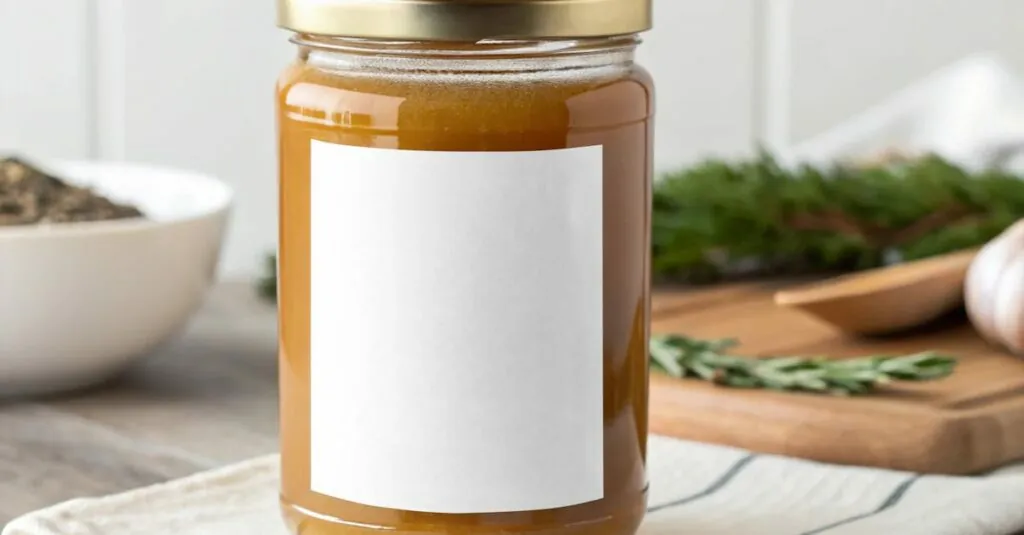Table of Contents
ToggleImagine a world where kids can unleash their inner chefs without the fear of ruining your pristine kitchen. Enter the DIY mud kitchen made from pallets—a perfect blend of creativity, fun, and a sprinkle of dirt. This isn’t just any play area; it’s a culinary adventure waiting to happen, where mud pies reign supreme and imagination knows no bounds.
Overview of DIY Mud Kitchens
DIY mud kitchens provide children with a fantastic opportunity to engage in creative and imaginative play. Designed with simple materials, they encourage exploration and experimentation in outdoor settings. Building a mud kitchen from pallets allows for customization, with parents and caregivers choosing specific features that suit their children’s interests.
Mud kitchens often include elements such as work surfaces, sinks, and storage areas. Incorporating various textures and natural materials enhances sensory experiences. By using pallets, individuals can create sturdy structures that are easy to assemble. Pallet-based designs promote sustainability, as they repurpose wood and reduce waste.
Outdoor play fosters essential skills, including teamwork and problem-solving. Children learn to cooperate while creating dishes and sharing their culinary creations with friends. Playtime becomes an opportunity to develop fine motor skills through tasks like mixing, pouring, and sculpting.
To enhance the mud kitchen experience, consider adding pots, pans, and utensils. Tools made from metal or biodegradable materials contribute to a more authentic cooking atmosphere. Furthermore, incorporating water elements increases drama and excitement during play. Children can experiment with mixing mud and water, creating unique textures and shapes.
Design flexibility allows for easy modification as children’s preferences change. By installing removable fixtures or adjustable shelves, the kitchen can evolve alongside a child’s interests. This adaptability ensures continued engagement in outdoor play throughout different seasons and stages of development.
Benefits of Using Pallets
Pallets offer multiple advantages for creating a DIY mud kitchen, enhancing both the design and functionality.
Eco-Friendly Materials
Using pallets aligns with sustainable practices. Repurposing wood helps reduce waste while contributing to environmental conservation. Many pallets are made from untreated wood, ensuring that harmful chemicals do not leach into outdoor play areas. Choosing this material also promotes the use of recycled resources, emphasizing environmental responsibility. Families can create unique kitchens without harming the planet, fostering a sense of stewardship in children.
Cost-Effective Solutions
Building a mud kitchen from pallets minimizes expenses significantly. Sourcing pallets is often free or low-cost, making it an accessible option for many families. Instead of purchasing expensive play structures, families can create an engaging kitchen with minimal investment. Additionally, the durability of pallets means they stand up well to outdoor conditions, ensuring children enjoy them for years. The opportunity to customize and modify pallets enhances long-term value, adapting to children’s evolving interests easily.
Planning Your Mud Kitchen
Planning a mud kitchen involves thoughtful considerations to maximize enjoyment and usability. The focus should include location and layout.
Choosing the Right Location
Choosing an ideal spot is crucial for the mud kitchen. Selecting a shaded area protects children from harsh sunlight. Proximity to water sources, like hoses or buckets, enhances play without frequent trips indoors. Accessibility allows caregivers to supervise easily while kids explore. Consider drainage as wet play can create muddy messes. A location with soil or grass absorbs excess water, preventing pooling. Finally, ensure the area is away from delicate plants or structures to avoid damage during play.
Designing Your Layout
Designing the layout for the mud kitchen fosters creativity and functionality. Arranging work surfaces at various heights supports children of different ages. A low table caters to younger kids, while older children benefit from surfaces closer to waist height. Zones for cooking and washing streamline activities, improving overall organization. Incorporating shelves or storage for utensils promotes tidiness. Adding containers for mud, water, and other materials enhances sensory exploration. Lastly, positioning the kitchen within sight of adult supervision encourages safe, engaging playtime.
Step-by-Step Construction Guide
Follow these steps to create a DIY mud kitchen with pallets. Gathering the right tools and materials ensures a smooth building process.
Tools and Materials Needed
- Pallets, preferably untreated wood for safety, provide the main structure.
- A hammer and nails allow for securing pallets together effectively.
- A saw helps to modify pallet sizes to fit your design.
- Sandpaper smooths rough edges for safety.
- A measuring tape ensures precise dimensions for layout.
- Plastic or metal containers serve as makeshift sinks.
- Weather-resistant paint can enhance aesthetics and durability.
Assembling the Pallets
Begin by selecting a flat, stable surface for assembly. Lay out the pallets to form the base, then secure them with nails. Construct sidewalls using additional pallets for stability. Adjust the heights of work surfaces for varied age groups. Connect pallets securely, maintaining balance. Inspect the structure for any sharp edges or splinters. Sand down rough spots thoroughly to ensure safety during playtime.
Adding Features and Accessories
Incorporate fun elements by attaching sinks made from containers to the structure. Create a countertop space for food prep using a solid pallet. Add hooks to hang utensils, promoting organization. Decorate with paint to personalize the kitchen’s appearance. For added excitement, include a water source nearby. Arrange pots, pans, and utensils in easy-to-reach spots, enabling imaginative play. Introduce natural elements like stones or plants to enhance the sensory experience.
Tips for Maintenance and Safety
Regular maintenance ensures the longevity of a DIY mud kitchen. Inspect the structure every few months for stability. Address any loose or damaged pallets promptly to prevent accidents.
Keep the play area clean by removing debris or sharp objects. Encourage children to help in tidying up, fostering responsibility while ensuring a safe environment. Rinse out containers and surfaces routinely to maintain hygiene, especially after play involving mud or water.
Check for splinters or rough edges on the pallets. Sand down any surfaces that may pose a risk to children. Apply a non-toxic sealant to protect the wood from moisture and decay, depending on exposure to the elements.
Supervise children during their play, ensuring they use equipment safely. Pay attention to their interactions with water elements to avoid slips or falls. Discuss safety rules with children, emphasizing the importance of sharing and teamwork while cooking in the mud kitchen.
Store utensils and tools within easy reach but out of direct sunlight to prevent wear. Consider using biodegradable, non-toxic materials for kitchen accessories, which prioritizes safety and environmental friendliness. Organize items in designated zones, ensuring children can easily find and put away their play tools.
When designing the kitchen, maintain a shaded area that limits sun exposure. Plan the layout to include proper drainage, preventing muddy puddles from forming. Safety considerations allow children to engage in imaginative play without hazards, thereby enriching their outdoor experiences.
Creating a DIY mud kitchen with pallets is a rewarding project that blends creativity with sustainability. It not only provides children with a unique space to engage in imaginative play but also fosters essential skills like teamwork and problem-solving. The use of pallets makes this project cost-effective and eco-friendly, allowing families to repurpose materials while minimizing waste.
With thoughtful planning and design, this outdoor play area can adapt to children’s evolving interests, ensuring long-lasting enjoyment. Incorporating natural elements and maintaining safety will enhance the overall experience, making it a cherished part of childhood. Embracing the joy of mud kitchens encourages exploration and nurtures a love for the outdoors.




